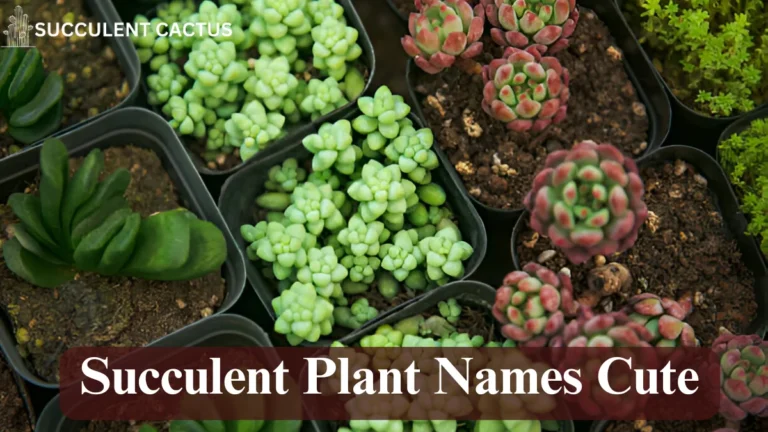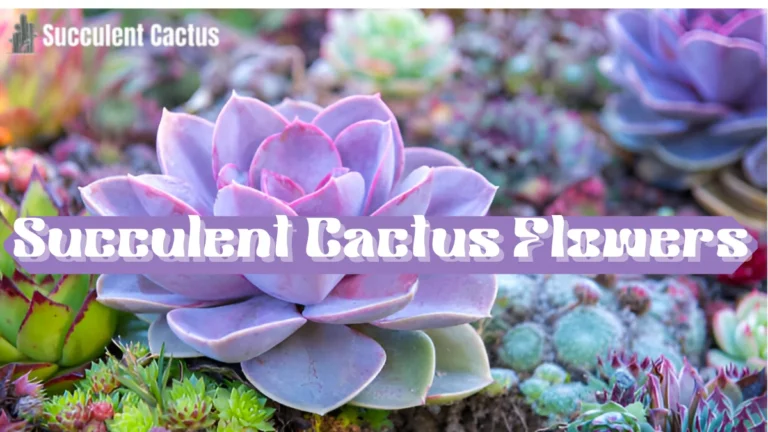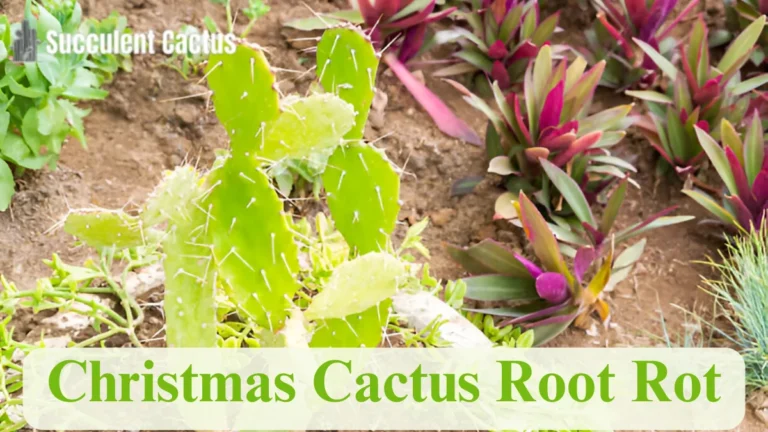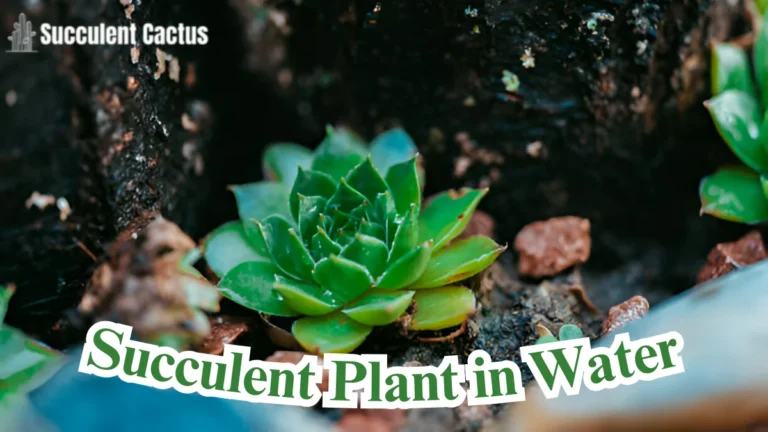Exploring the Riverland Cactus and Succulent Garden: A Must-Visit Botanical Wonderland

Introduction to the Riverland Cactus and Succulent Garden
The Riverland Cactus and Succulent Garden is a stunning botanical attraction located in the heart of South Australia. Known for its vast collection of unique cactus and succulent species, this garden provides a peaceful and educational environment for plant lovers and tourists alike.
The garden’s location in the Riverland region makes it a unique destination, as the area’s climate and soil are ideal for growing a variety of cacti and succulents. Visitors can enjoy exploring the various sections of the garden, which are filled with plants from all over the world. Whether you’re a gardening enthusiast or simply looking for a relaxing day out, the Riverland Cactus and Succulent Garden is the perfect place to explore nature’s beauty.
Overview of the Riverland Region
The Riverland is a semi-arid region in South Australia, well known for its agricultural significance. This region’s climate plays a key role in nurturing a variety of desert plants like cacti and succulents, making it an ideal spot for cultivating these fascinating species. The area experiences hot summers and mild winters, which mirrors the natural habitats of many succulent species. The Riverland Cactus and Succulent Garden takes full advantage of this climate, housing a diverse collection that thrives in such conditions.
What Makes the Riverland Cactus and Succulent Garden Unique?
The garden stands out not only due to its plant collection but also because of its educational approach to cactus and succulent cultivation. The site is designed to showcase the beauty and diversity of these plants while providing visitors with valuable insights on how to grow and care for them. Throughout the garden, information panels detail the different species, their origins, and how they adapt to various climates. Visitors are invited to learn about sustainable gardening practices and the importance of preserving these plants.
The Fascinating World of Cacti and Succulents
Cacti and succulents are two of the most resilient plant types on Earth, thriving in the harshest conditions. In this section, we will explore their characteristics, types, and the care required to grow them successfully.
What Are Cacti and Succulents?
Cacti are a type of plant belonging to the family Cactaceae, known for their ability to store water in their stems. They often feature spines instead of leaves, which help minimize water loss and protect the plant from herbivores. Succulents, on the other hand, are any plants that store water in their tissues. While all cacti are succulents, not all succulents are cacti. Succulents come in various shapes, sizes, and colors, making them a popular choice for gardeners and collectors alike.
Characteristics of Cacti and Succulents
Both cacti and succulents share a common feature: they can survive with little water. This ability is due to their unique adaptations, such as thick, fleshy leaves or stems that store moisture for periods of drought. These plants are typically found in dry, desert environments, but they also thrive in other climates, such as Mediterranean or subtropical regions. Some common characteristics of cacti and succulents include:
- Water Storage: The ability to store large amounts of water in their tissues.
- Thick, Waxy Skin: A protective layer that prevents water loss.
- Spines or Fleshy Leaves: A defense mechanism against herbivores.
Popular Types of Cacti and Succulents
The Riverland Cactus and Succulent Garden is home to an extensive range of cactus and succulent species. Some of the most well-known include:
- Saguaro Cactus: Famous for its tall, tree-like structure, this cactus is iconic in desert landscapes.
- Aloe Vera: A succulent widely known for its medicinal properties.
- Echeveria: A succulent known for its rosette shape and vibrant colors.
The History Behind the Riverland Cactus and Succulent Garden
Understanding the history of the Riverland Cactus and Succulent Garden gives insight into its significance. The garden’s origins, growth, and commitment to conservation have made it a beloved local landmark.
Founding and Growth of the Garden
The Riverland Cactus and Succulent Garden was established in the early 1990s, with the vision of creating a dedicated space for the appreciation of cacti and succulents. Initially a small-scale project, the garden has grown over the years thanks to the contributions of local horticulturalists, volunteers, and supporters. Today, it is a prominent feature in the Riverland region, attracting visitors from near and far.
Contributions to Conservation and Education
The garden plays a crucial role in promoting the conservation of endangered cactus and succulent species. As a center of knowledge, it educates the public about the environmental challenges these plants face, such as habitat destruction and climate change. The garden hosts workshops, school programs, and events to raise awareness and promote sustainable practices.
The Impact of the Garden on Local Communities
Apart from being an educational hub, the Riverland Cactus and Succulent Garden has positively impacted the local economy. By attracting tourists and plant enthusiasts, it has contributed to the growth of eco-tourism in the area. It also serves as a gathering place for community events, bringing people together to appreciate nature.
Best Time to Visit the Riverland Cactus and Succulent Garden
When planning a visit to the garden, timing is important. This section will provide insights into the best times to visit the garden, including seasonal highlights and optimal weather conditions.
Climate and Seasonal Considerations
The Riverland region experiences a hot, dry climate during the summer months, with temperatures often exceeding 40°C (104°F). Visitors should plan their trips in the cooler months, such as late autumn to early spring, when the weather is more comfortable for outdoor activities. While the garden is open year-round, the best time to visit is typically from April to October.
Seasonal Highlights
During spring and early summer, the garden comes alive with blooming cacti and succulents, offering visitors the chance to see a spectacular display of colors. Many species, such as flowering aloe and red barrel cacti, bloom during this period, making it an ideal time for photography.
Special Events at the Garden
Throughout the year, the Riverland Cactus and Succulent Garden hosts special events such as plant sales, educational talks, and gardening workshops. These events provide an opportunity for visitors to connect with experts and enthusiasts while learning about plant care and conservation.
Top Cacti and Succulent Species to Look Out for
The Riverland Cactus and Succulent Garden boasts an impressive variety of plant species. In this section, we’ll explore some of the most popular and unique species found within the garden.
The Iconic Saguaro Cactus
The Saguaro Cactus is one of the most iconic cactus species, renowned for its large, tree-like appearance and tall stature. With its unique branching arms, this cactus is a symbol of the American Southwest. Visitors to the Riverland Cactus and Succulent Garden can marvel at this towering beauty, which thrives in the garden’s hot, dry conditions.
The Colorful Echeveria
Echeveria is a succulent that is loved for its vibrant colors and compact rosette shape. These plants are commonly used in succulent arrangements and are popular among collectors. Their colors range from soft pastels to bright pinks, oranges, and purples, making them a favorite in the garden.
The Medicinal Aloe Vera
Aloe Vera is not only a popular succulent for its beauty but also for its medicinal properties. Known for its soothing gel, which is used to treat burns and skin irritations, aloe vera thrives in arid conditions. The Riverland Cactus and Succulent Garden hosts several varieties of this versatile plant.
How to Care for Cacti and Succulents in Your Garden
If you are inspired to grow your cacti and succulents after visiting the garden, this section will provide tips and tricks for successful cultivation.
Watering Needs
Cacti and succulents are drought-tolerant, but they still require proper watering to thrive. Overwatering is a common mistake made by new gardeners. It’s important to allow the soil to dry out completely between waterings. Most cacti prefer to be watered deeply but infrequently, while succulents like Aloe Vera may need less frequent watering.
Ideal Soil and Potting
The right soil is crucial for cacti and succulents. These plants prefer well-draining soil that mimics their natural desert environment. A mixture of sand, perlite, and potting soil is ideal for most species. Choosing the right pot with drainage holes will also help prevent root rot.
Sunlight Requirements
Both cacti and succulents need plenty of sunlight to thrive. Place them in locations that receive at least 6 hours of direct sunlight per day. If growing indoors, a south-facing window is ideal.
The Riverland Cactus and Succulent Garden’s Unique Collection
Understanding the Diversity in the Garden’s Collection
The Riverland Cactus and Succulent Garden features a remarkably diverse collection of plants from various parts of the world. Cacti and succulents come in a wide range of species, each with unique characteristics. From the towering saguaro cactus native to the American Southwest to the diminutive, intricate crassula species, the garden showcases plants that thrive in arid conditions. This diversity is critical to understanding how different species adapt to dry environments.
Many visitors are surprised by the variety of colors, shapes, and sizes found in a cactus and succulent garden. These plants may seem unassuming at first glance, but on closer inspection, they reveal stunning textures and structures. The Riverland garden is a living testament to these adaptations.
Some notable families within the collection include the Cactaceae family (cacti), Crassulaceae (the succulent family), and Aizoaceae (which includes ice plants). Each of these families has been carefully selected and curated to provide visitors with a broad overview of how succulents and cacti have evolved to survive in challenging conditions.
Noteworthy Species in the Garden
Several standout species in the Riverland Cactus and Succulent Garden draw attention due to their unique traits. The Opuntia ficus-indica, or prickly pear cactus, is one of the most iconic, with its broad, flat pads and vibrant, colorful flowers. This species is known for its resilience and edible fruits.
Other prominent species in the garden include:
- Echinocactus grusonii: Known for its globe-like shape and spines that radiate in all directions, it’s commonly referred to as the “golden barrel cactus.”
- Aloe vera: A succulent known for its medicinal properties, especially its skin-healing gel, Aloe vera thrives in the Riverland’s environment.
- Agave americana: This iconic succulent with large, thick, spiky leaves forms the backbone of the dry landscapes in many desert regions.
Conservation Efforts in the Garden’s Curated Collection
The Riverland Cactus and Succulent Garden isn’t just a collection for aesthetic pleasure. It also plays an important role in the conservation of endangered species. With climate change and habitat destruction threatening many succulent and cactus species, the garden helps preserve rare varieties that may otherwise face extinction.
In addition, by growing and showcasing species from different parts of the world, the garden contributes to a broader understanding of plant biology, adaptation, and ecology. The garden’s staff is actively involved in research on species propagation and reintroduction into their natural habitats, helping to restore biodiversity in arid ecosystems.
Planning a Visit to the Riverland Cactus and Succulent Garden
Best Time to Visit the Garden
To experience the Riverland Cactus and Succulent Garden at its best, timing your visit is essential. While the garden is open year-round, the spring and autumn months are particularly popular due to the moderate temperatures and vibrant plant activity. During these seasons, the plants are often in full bloom, showcasing their vibrant flowers and lush green foliage.
Summer months can be quite hot, which might deter some visitors. However, if you are prepared for the heat, it’s still a good time to see the plants thriving under the sun, as many cacti and succulents are heat-loving and will be at their most active. For those who prefer cooler weather, visiting in the winter allows for a more relaxed experience with fewer crowds.
Key Attractions at the Garden
In addition to the varied plant life, there are a number of key attractions within the Riverland Cactus and Succulent Garden that enhance the visitor experience. Some attractions include:
- Interactive Workshops: The garden hosts workshops on topics such as succulent care, propagation techniques, and cactus gardening.
- Guided Tours: Take a guided tour to learn more about the individual plants, their care, and their natural habitats.
- Cactus & Succulent Showcases: The garden regularly hosts events showcasing new arrivals, hybrid species, and rare specimens.
Tips for Visiting the Garden
When planning your visit, here are some helpful tips:
- Wear comfortable shoes, as the terrain can be uneven in some parts of the garden.
- Carry sunscreen and a hat for protection from the sun, especially if visiting during the hotter months.
- Don’t forget a camera to capture the stunning beauty of the garden’s vibrant flora.
Caring for Your Own Succulents and Cacti at Home
Selecting the Right Containers and Soil
One of the most crucial elements in successful cactus and succulent care is the selection of the right containers and soil. Using a well-draining potting mix is essential, as these plants dislike sitting in waterlogged soil. You can either purchase pre-made cactus and succulent soil or make your own.
A typical cactus and succulent soil recipe consists of the following:
| Ingredient | Purpose |
| Cactus potting mix | Provides the base soil, often light and porous |
| Perlite | Improves drainage and prevents soil compaction |
| Sand | Adds texture and allows for water drainage |
| Gravel or pumice | Helps increase drainage and aeration |
This soil mix ensures that excess water drains away from the roots, helping to prevent rot.
Watering Guidelines
Cactus and succulents have specific watering needs, which can vary depending on the season and species. As a general rule:
- Summer: Watering should be done thoroughly but infrequently. During the warmer months, succulents and cacti are in their active growing phase and require more water.
- Winter: Watering should be reduced, as most succulents enter a dormant phase. Over-watering during this time can lead to root rot.
- General Rule: Always ensure the soil is completely dry before watering again.
Choosing the Right Location
Light is one of the most important factors in succulent and cactus care. These plants thrive in full sun, so it’s crucial to place them in a location where they receive plenty of natural light. A south-facing window is ideal for indoor plants, while outdoor plants should be placed in areas with at least 6 hours of direct sunlight per day.
FAQs About the Riverland Cactus and Succulent Garden
- What is the best time to visit the Riverland Cactus and Succulent Garden?
Ans: Spring and autumn are the best times to visit due to pleasant weather and blooming plants. - How do I take care of a cactus at home?
Ans: Ensure it’s in well-draining soil, place it in a sunny location, and water infrequently but thoroughly when needed.
- Are there any rare species in the garden?
Ans: The garden features rare species such as the Echinocactus grusonii, Agave americana, and several endangered varieties.
- How can I propagate succulents at home?
Ans: Succulent propagation can be done through leaf cuttings or offsets. Place the cutting in well-draining soil and avoid watering until the cutting has rooted.
- Is there an entrance fee to visit the Riverland Cactus and Succulent Garden?
Ans: Entrance fees may apply depending on the time of year and specific events. Check the official website for the most up-to-date information.
Conclusion
The Riverland Cactus and Succulent Garden is not just a place of beauty; it’s a valuable resource for cactus and succulent enthusiasts. Whether you are a seasoned gardener or someone just beginning to explore the world of succulents, this garden offers something for everyone. From its diverse plant collection to its dedication to conservation and research, the garden stands as a symbol of how we can appreciate, protect, and learn from the natural world.






